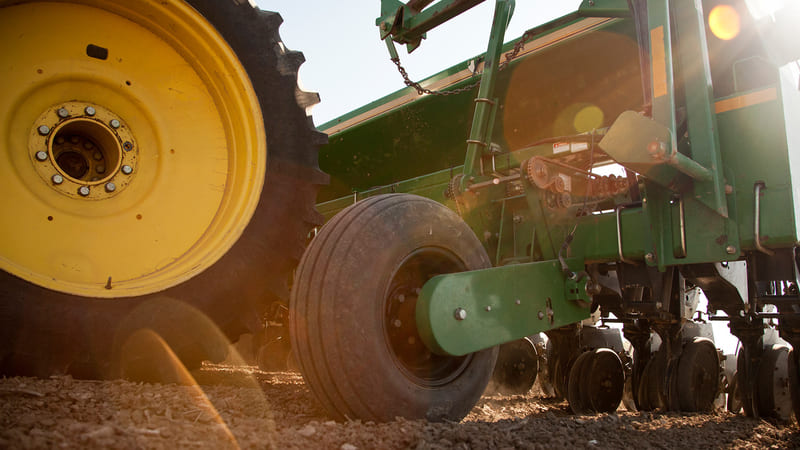Managing Late Crop Headaches
Conditions in the spring were problematic for cotton producers in seemingly every corner of the Cotton Belt. It was unseasonably cool and wet in the Southeast. The Mid-South saw rain for what seemed like every day. And of course, the Southwest planting season was hounded by more drought-like conditions.
Conditions improved as the crop season progressed, but the fact remains: U.S. cotton producers in 2013 are weeks behind schedule. And that can cause major headaches as the majority of growers in the Cotton Belt prepare for harvest season.
The challenges associated with a late crop mainly deal with uncertainty with respect to the weather,” says Darrin Dodds, Extension cotton specialist with Mississippi State University. “By being two-to-four weeks late, we increase the likelihood of fall rains causing harvest delays as well as yield and fiber quality losses. We also run the risk of yields being decreased due to insufficient maturation of bolls on upper and outer portions on the plant.”
According to Dodds, the fall months bring temperature decreases, which can in turn cause the boll maturation process to slow. This prompts a decision from each grower – when to make harvest aid applications and harvest the crop “regardless of whether or not all fruiting forms are fully mature.”
In the Mid-South, like most places around the Cotton Belt, fall also means more wet weather. That means growers will need to be especially careful about their timing of defoliants this season.
“Growers will need to take a long, hard look at the current weather as well as weather for several days following a planned harvest aid application,” Dodds says. “They will likely need to adjust rates to fit the weather.
“In addition, if the weather turns cool, they will likely have to move away from thidiazuron which is one of our standard harvest aid materials. This product is temperature sensitive and if temps drop below 65 degrees, the performance of this product begins to suffer substantially,” Dodds says.
A later harvest could also mean a tighter window of opportunity for post-harvest land-forming. As inclement weather becomes more prevalent later in the year, some unlucky farmers could find themselves struggling to find an opportunity for land preparation.
“If this happens, it necessitates performing land preparation activities in the spring, which can be problematic to do so and remain timely with other operations,” Dodds says.








